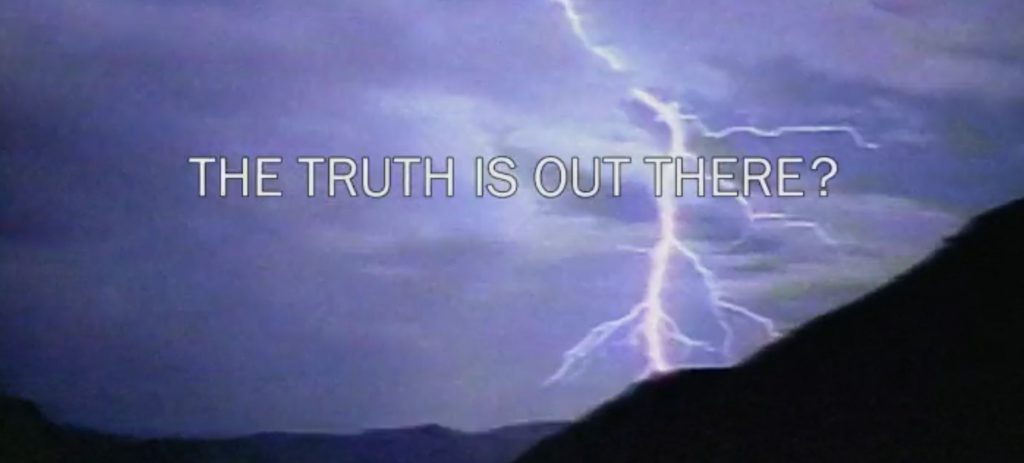As we discussed in the previous article in this series, the first step in the critical thinking process is to identify the situation and gather relevant information. This brings us to the next step, fact checking!
The Three Truths
This is the process of verification, also known as “fact checking,” and it is an essential part. It involves evaluating the information we’ve received and working to convert each one from an “assumption” status to an “immutable fact” status. This is especially important given that we often receive information that is disjointed, biased, or second hand (and therefore “malformed”), making it challenging to distinguish between factual information or perceived factual information. As Neil DeGrasse Tyson says, there are three kinds of truths: Objective Truth, Personal Truth, and Political Truth.
Practical Applications of the Three Truths
For example, I personally like to open 5 or 6 different Google search results when researching a problem just so I can verify different perspectives of the issue and see what various causes may be. An error that we see or a problem that comes up can manifest in the same way as other problems, even with wildly different root causes, therefore it’s critically important to verify the different types of root causes that can make the error happen. Remember the key is that they have to be different, one person posting on five websites does not count as having gathered enough information.
In some cases, it may not be possible to verify the accuracy of certain pieces of information or to gather all of the relevant data right away. In these situations, it may be necessary to make an assumption in order to move forward with the problem-solving process, keeping in mind to return later back to the collecting information stage should the assumption turn out wrong.
Making assumptions can be a useful tool in critical thinking, as it allows us to make progress and test out different solutions without getting stuck in the gathering and verifying phase indefinitely. However, it is important to remember the difference between “immutable fact” and an “assumed fact” and allow yourself to update the assumed fact given contradicting evidence.
And to every rule, there was made at least one exception!
As we progress with our problem-solving efforts, it is important to regularly check and validate our progress. This can involve gathering additional information or data, testing out our assumptions in practice, or seeking feedback from others. Each method used to validate information should be weighted with a score based on the type of validation. Going back to the light switch example on the previous step, someone else who used to live in the house telling you that the switch is the right one for that light, helps bolster the assumption to a point. It does not make it an immutable fact, just “more likely” to be true than “less likely”. The weight applied is on a scale of “Likely to be true” with the range being infinite across “least likely” to “most likely”.
It is important to remember that even validated information should still be treated as an assumption rather than a fact if contradicting “more-likely” evidence is discovered. This is because even the most reliable sources of information can sometimes be wrong or incomplete, and it is important to remain open to the possibility that our understanding of a problem or situation may change as we gather more data and evidence.
Let’s say we have gathered and verified information from multiple sources that supports a certain theory or solution to a problem. Later on we come across new evidence that contradicts this theory. It is important to reassess our original assumptions and consider the new evidence. Contradictions cannot exist, so only one or the other can be true. You could also have incomplete information, that limits you and prevents you from understanding how both can be true. This will require us to revise our understanding of the problem completely or to dismiss or reject one of the contradicting points.
Scaling the unquantifiable
We can use the above-mentioned scale to determine this together with the three kinds of truths. In a scenario where someone else tells you something, they are giving you a “personal truth” and that data should be evaluated against your current knowledge and then placed on the scale of least-most likely. For example, someone telling you they achieved self-powered flight (like a bird) can go on the scale at “least likely” as it is a personal truth, and one that other objective truths have deemed impossible (humans can’t fly under their own power). If another person comes to say that they saw the first person’s flight, we re-evaluate the placement on the scale moving it up away from “least likely”. Even if more people come out to say they saw it happen, it just inches the fact up the scale without any significant change in status.
If at some point it changes from a personal truth to a political truth, where you have seen it for yourself and you have other people sharing this personal truth, or where enough people have come forward that you start to believe it, then it just moves the fact or concept into the neutral area. An objective truth is where you’ve seen it yourself, have measured it, and confirmed others have returned the same results as you
In critical thinking, it is important to approach all information, even validated information, with an open mind and to be willing to revise our assumptions if new evidence arises. By remaining open to the possibility that our understanding of a problem may change, we can ensure that we are making informed decisions based on the most current and accurate information available.

